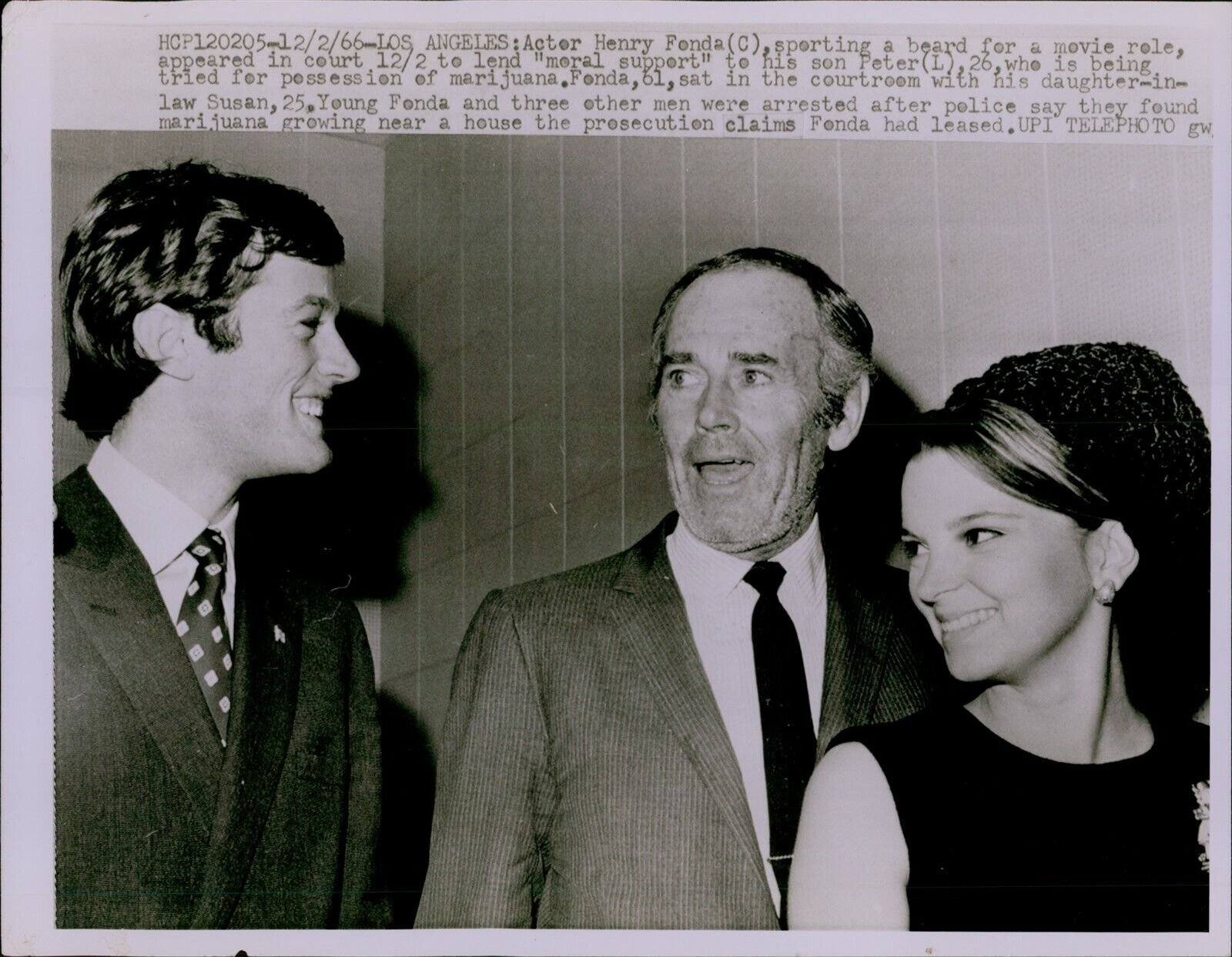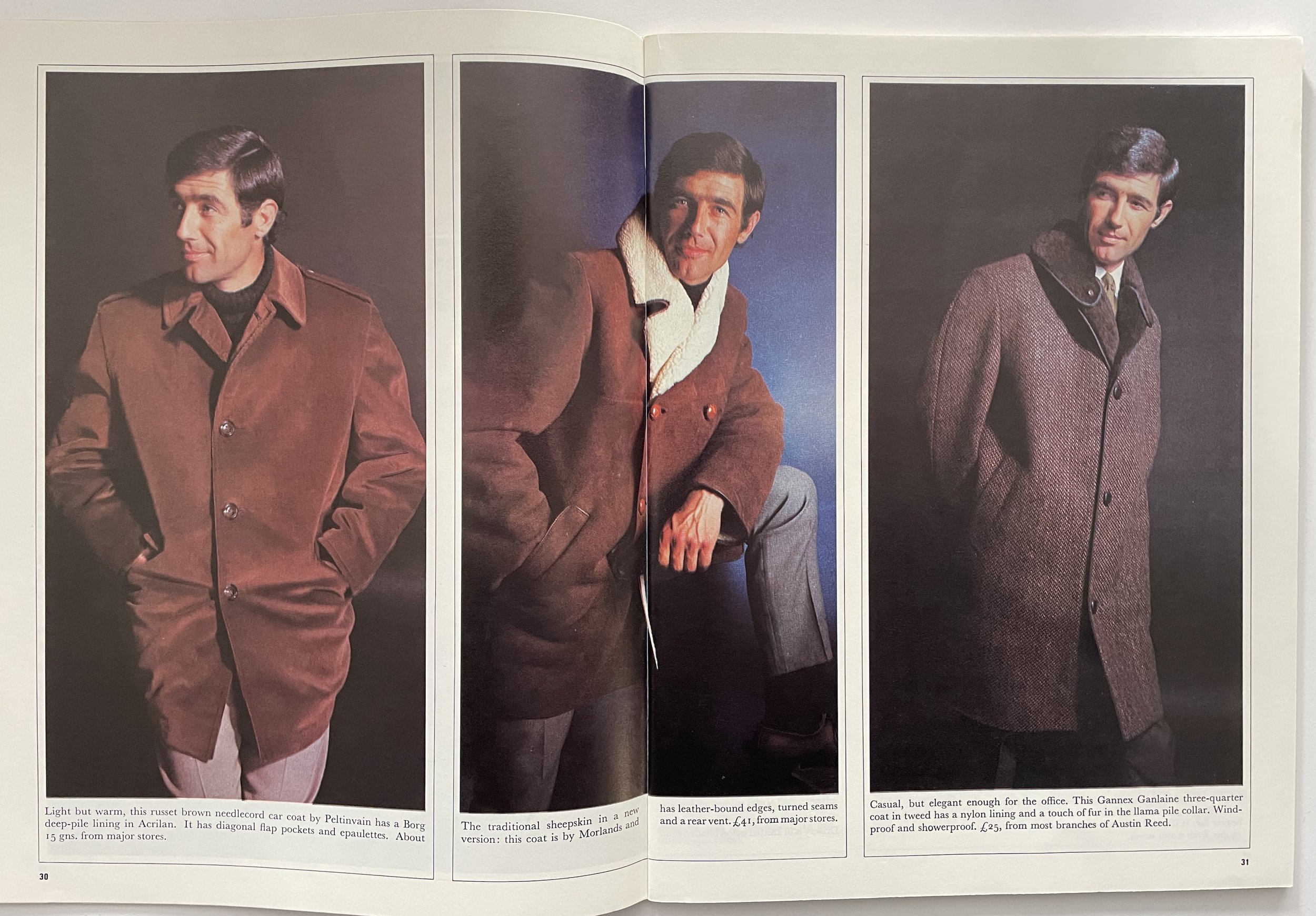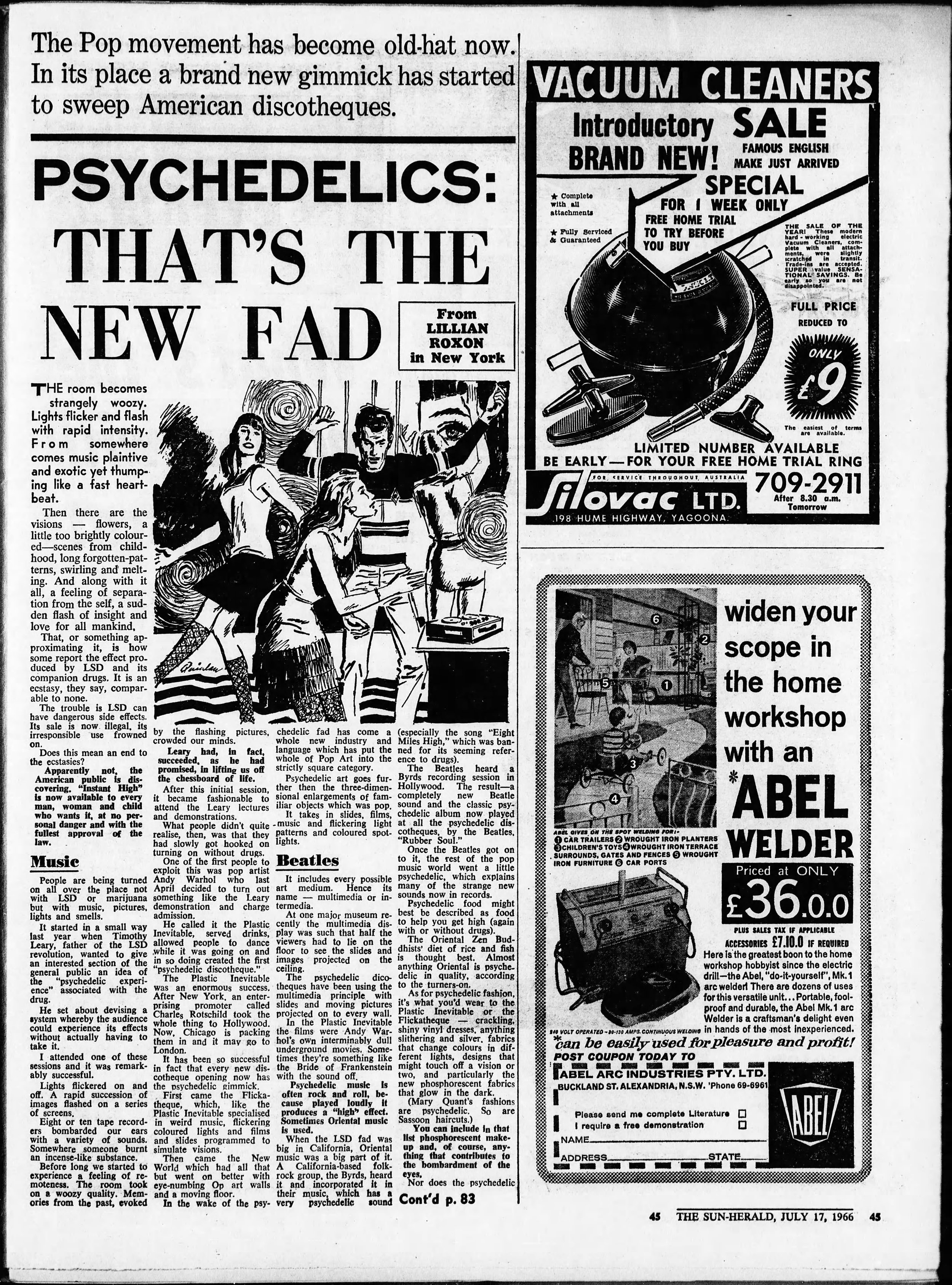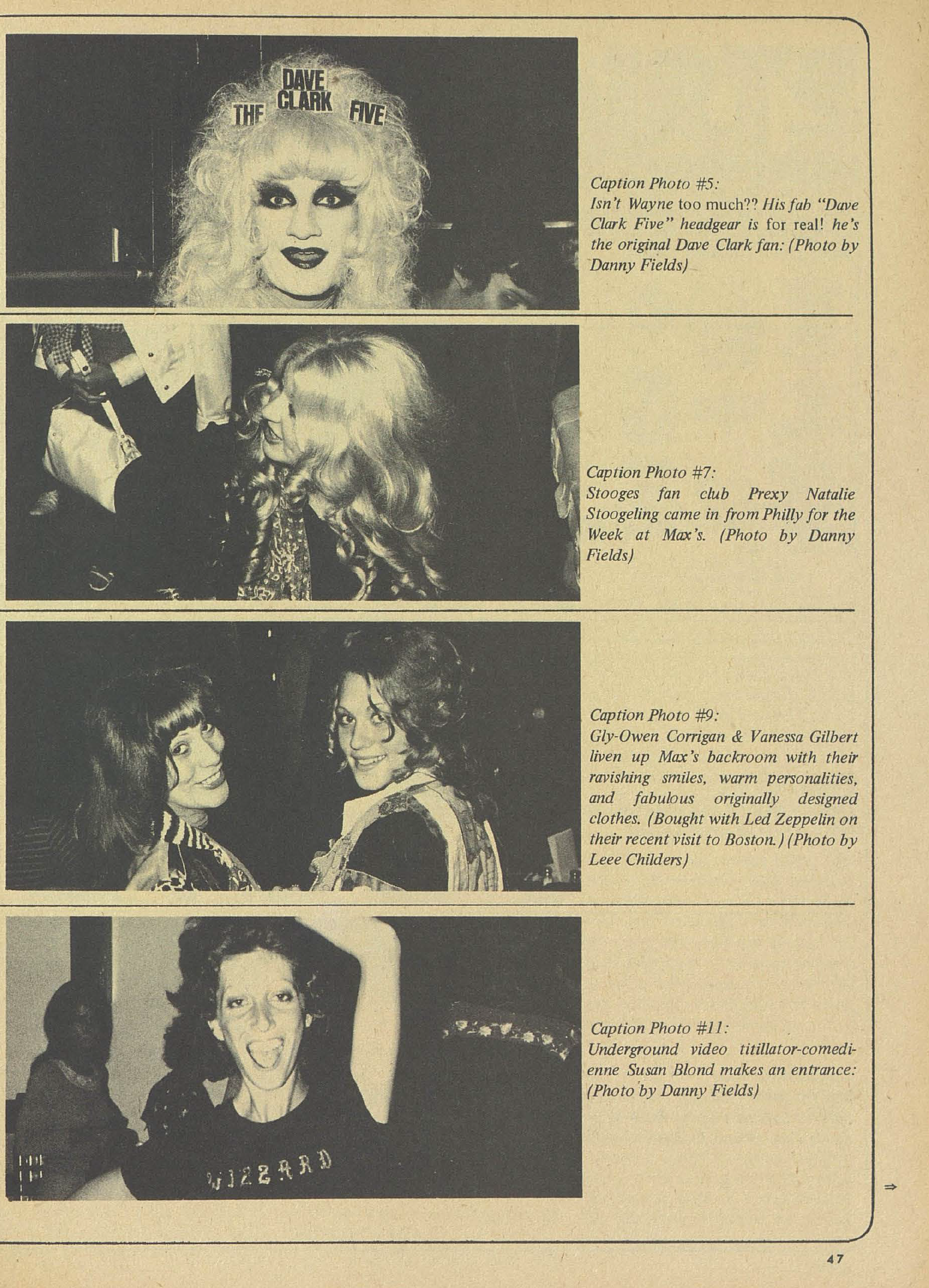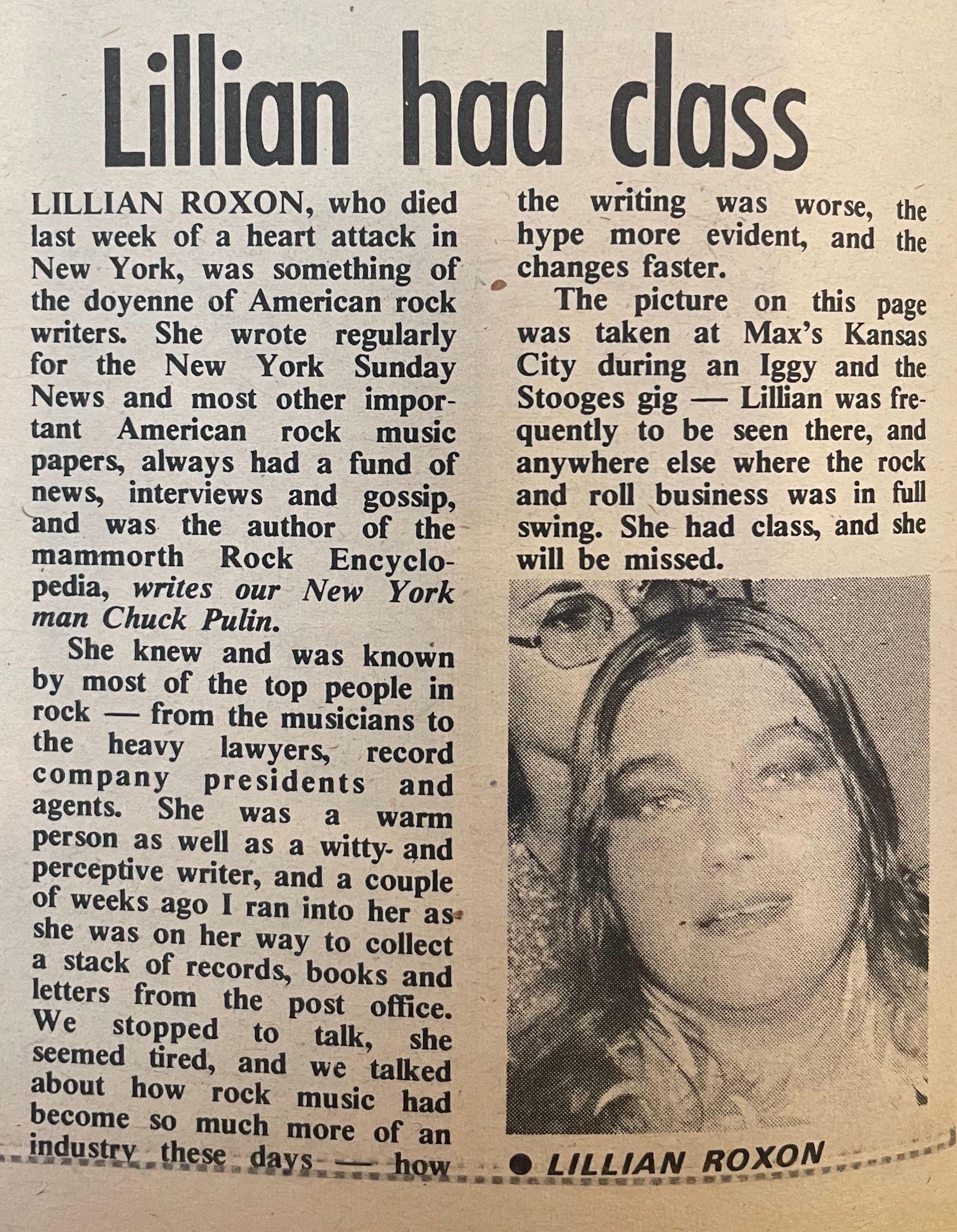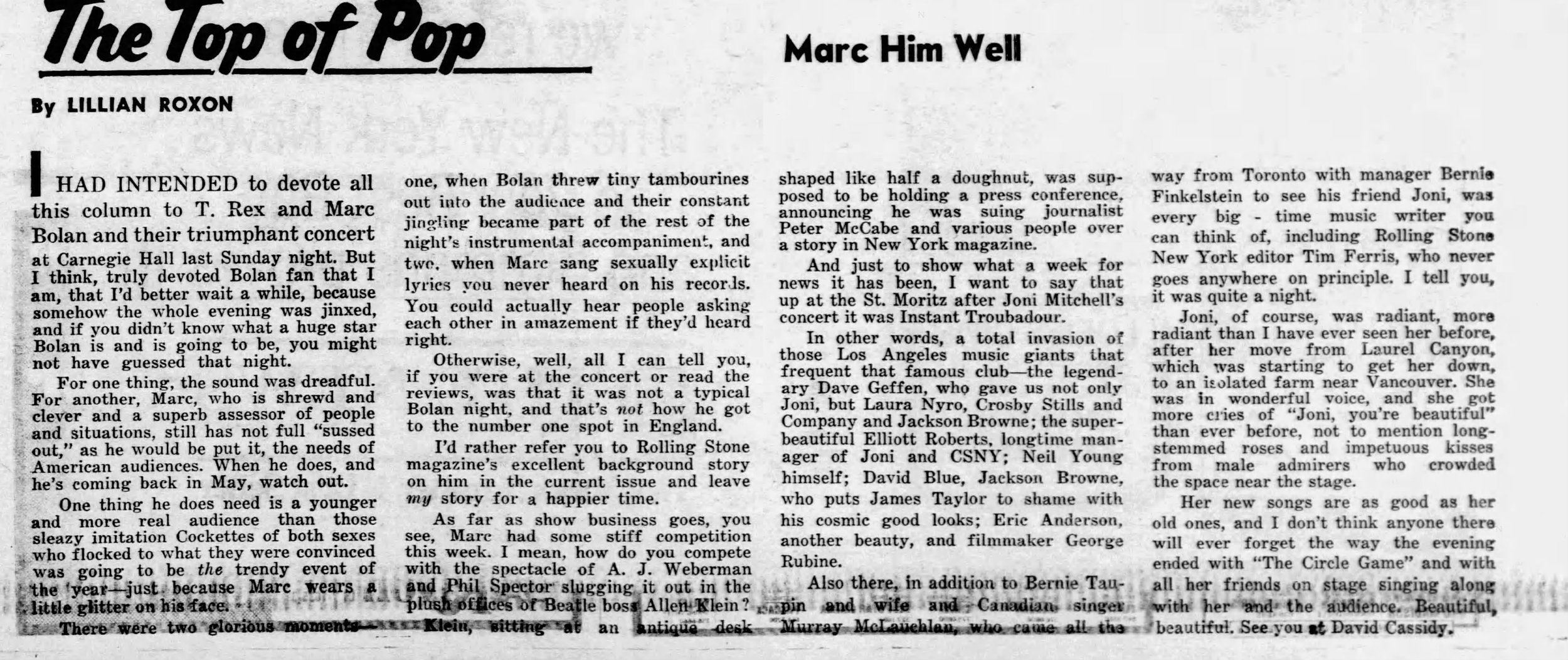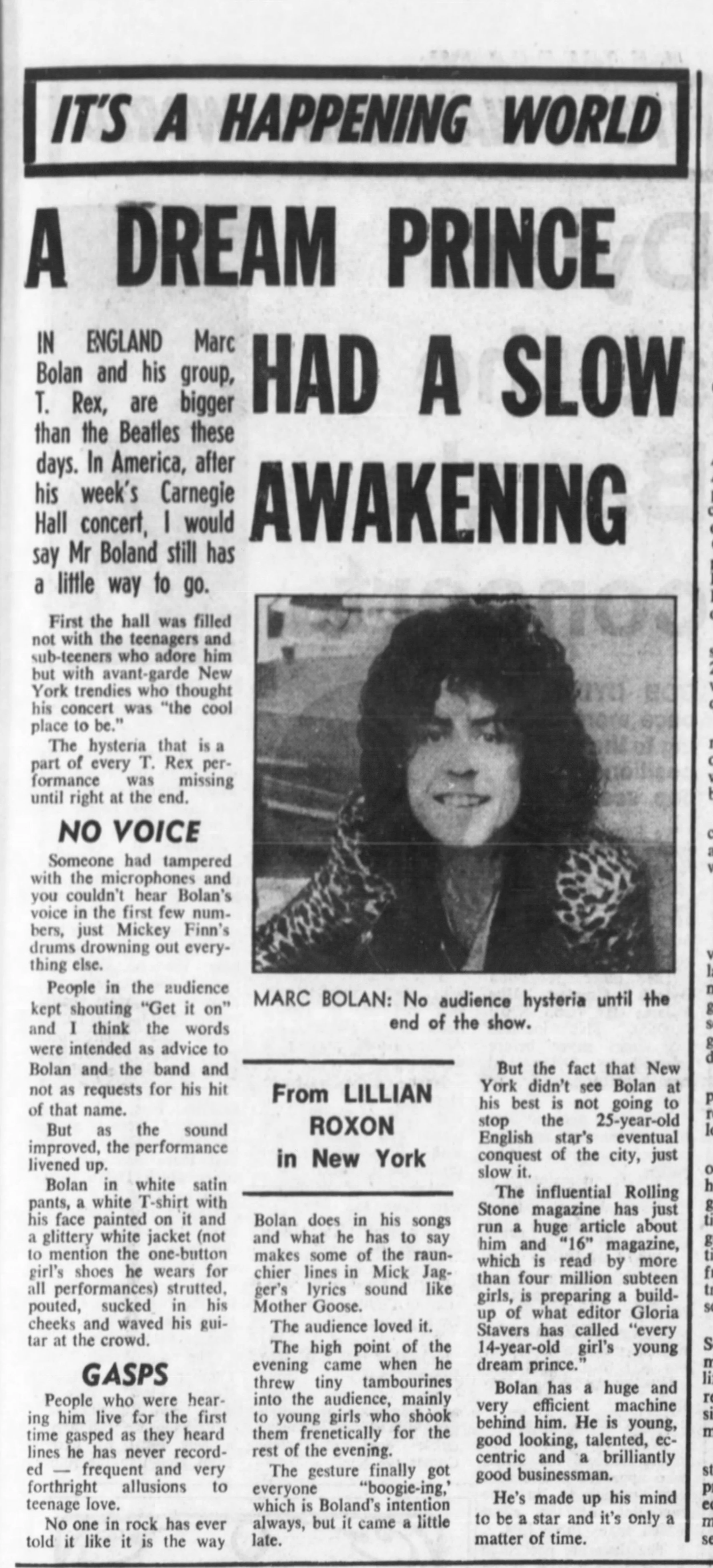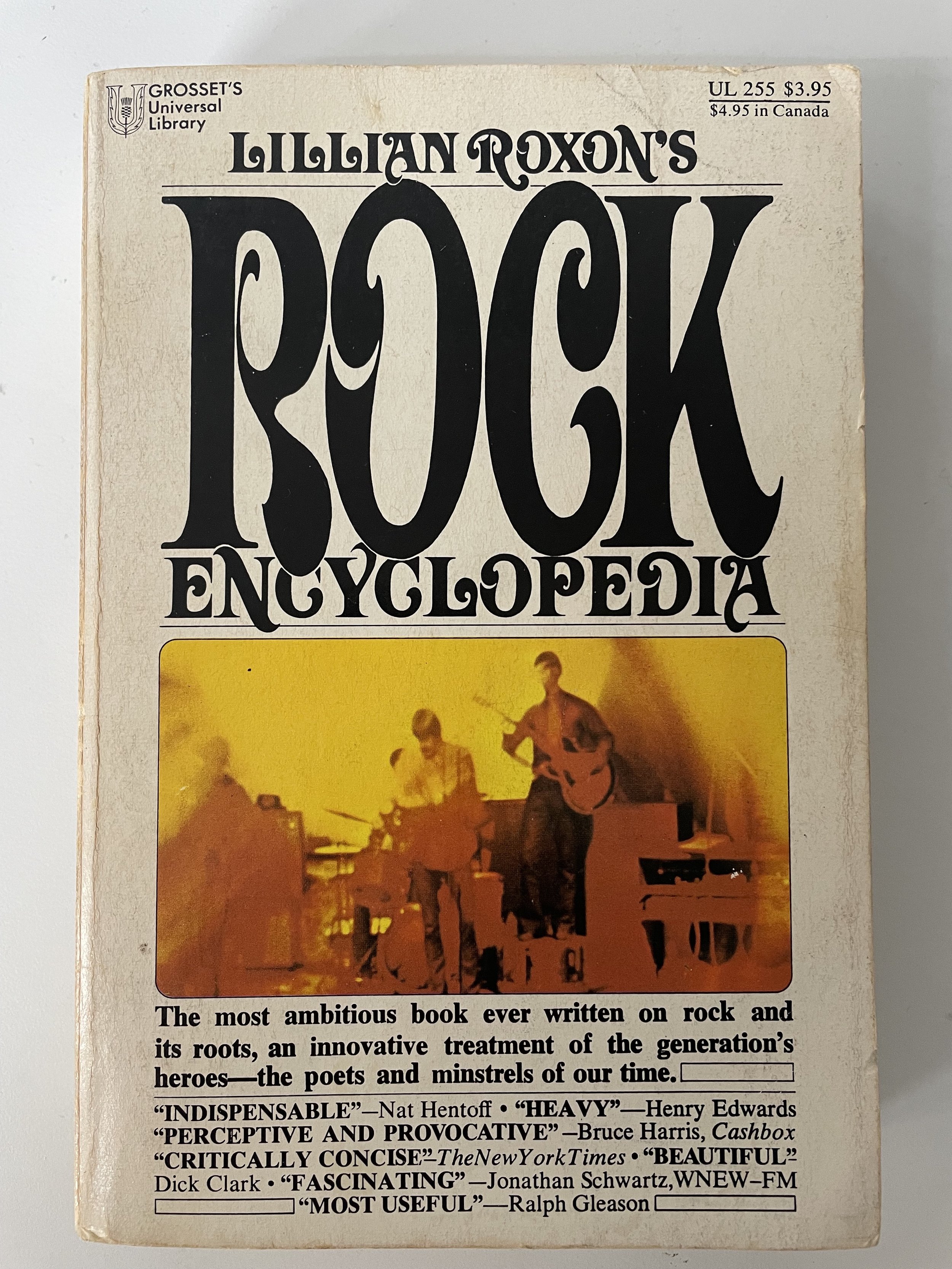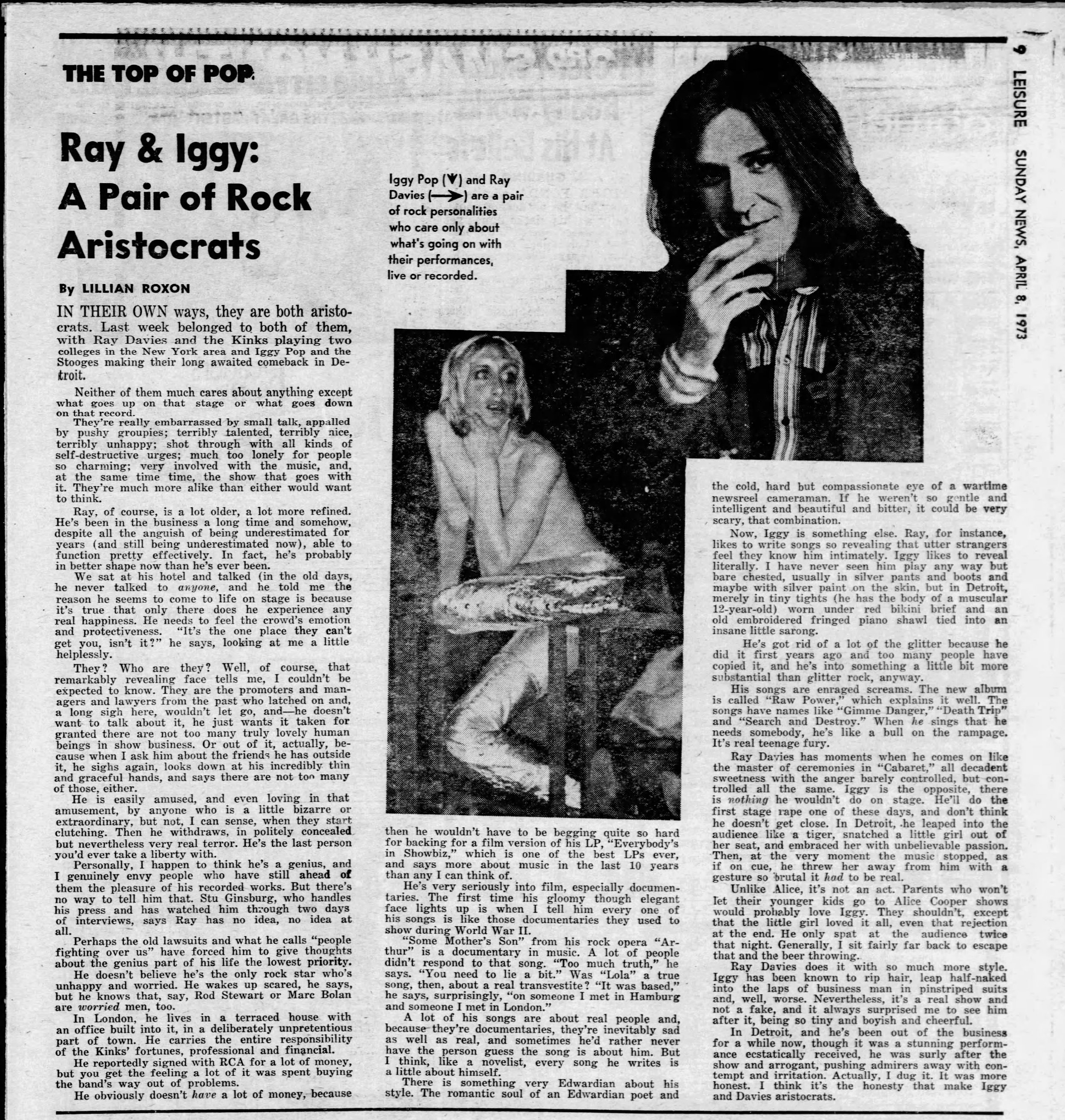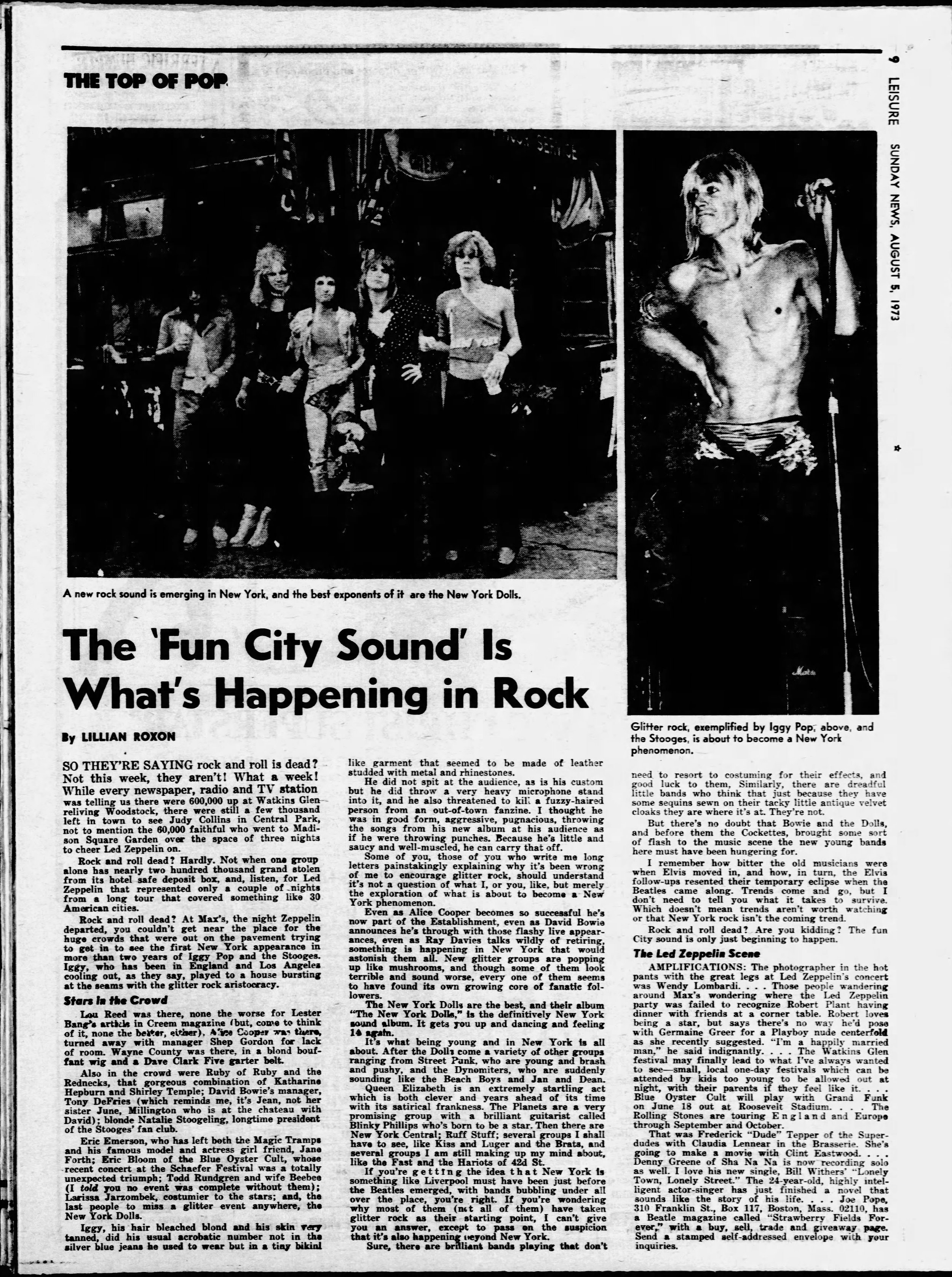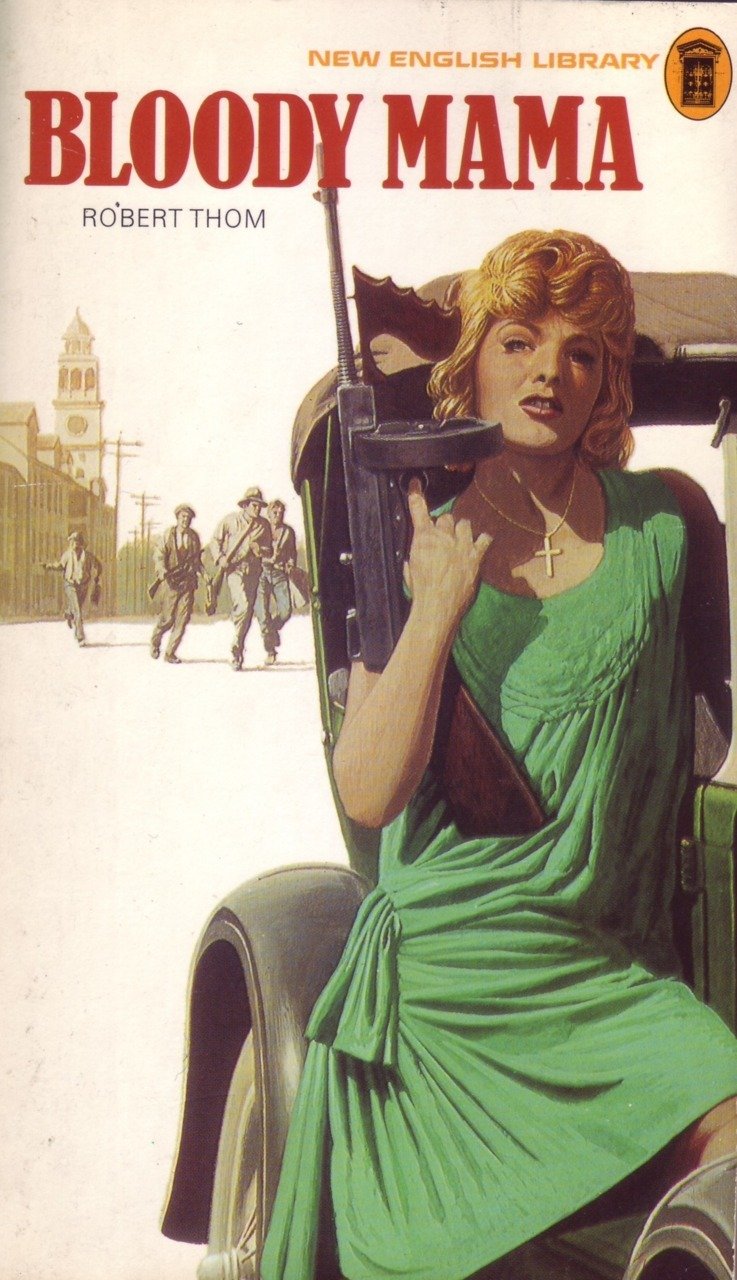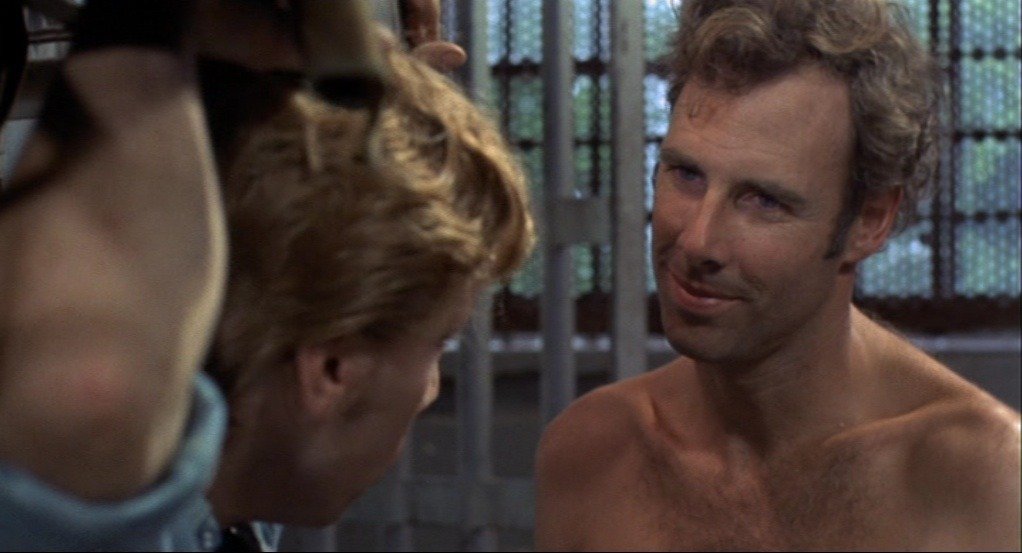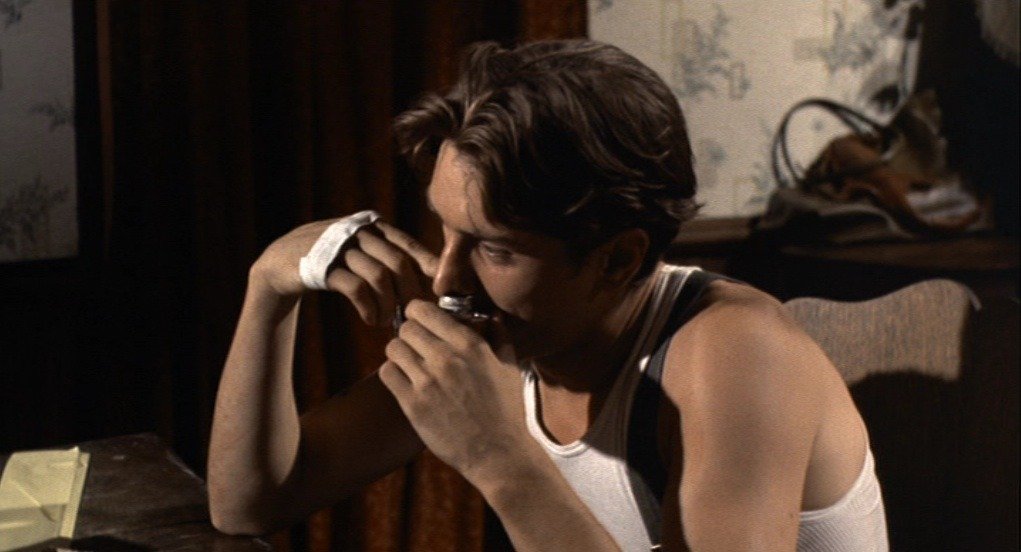Somewhere in that period between The Wild Angels and Easy Rider, when Peter Fonda was busily trying to reinvent himself as a counter-culture outlaw and deflect attention away from his privileged upbringing, his fantasy and real worlds converged.
In 1966 he had two run-ins with the law, one was easily resolved the other went right to the edge.
***
Fonda spent a good part of the 1960s dismissing his more famous father and sister even as he chased their coattails. He’d appeared in light romantic comedies on Broadway, in the teenpic Tammy Takes Over and been promoted by Hollywood columnist Hedda Hopper as the ‘new face’ of 1962. He didn’t need to take on such shallow, inconsequential roles, he had the inheritance left by his mother (she’d committed suicide when he was only ten) on which he could live comfortably. Maybe he just lacked in imagination, but family and such insubstantial employment did give him something tangible to kick against.
The year before reality came knocking, he took acid with The Beatles and The Byrds – a rehearsal for his role as an explorer of lysergic infused mind-expansion in Corman’s 1967 fantasy The Trip. His time spent with musicians also had an influence on his bid to become a pop star, cutting a folk-rock single in 1966 with Hugh Masekela as his producer. One side of the 45 was a cover of Donovan’s ‘Catch the Wind’, on the other was an original composition by then unknown Gram Parsons, ‘November Nights’. Not having much of a singing voice didn’t help Fonda’s hip aspirations and his side-line as a pop singer floundered. He did, however, repay his debt to Parsons by securing a cameo for The International Submarine Band in The Trip. Never the hipster, Corman overdubbed Parsons with the Electric Flag who would feature on the film’s soundtrack album (why pay for more than was contracted?). [HERE]
Having played an outlaw biker, Fonda positioned himself as part of the counter-culture and took his camera onto the streets of Hollywood to capture the nation’s youth in revolt. He was 26 years-old but clearly thought to be a threat to the city’s good citizens and was summarily arrested.
The fracas was a teenage riot which mainly took place on weekends. Discontent had been festering for over a year as businessmen, who wanted to develop Sunset Strip, met head-on with white middle-class teenagers who just wanted to have fun. The police enforced curfew on teenagers finally got out of hand on a Saturday in November 1966. (Events anticipating by over a decade The Clash’s ‘White Riot’ and The Mekons’ ascerbic response: ‘Never Been In A Riot’).
The riots didn’t amount to much but they served as notice and symbol of a generational divide grown exponentially since the previous decade’s moral panics about juvenile delinquency.
Out racing Corman, Sam Katzman was quick to exploit the headlines and teen drama of it all with Riot On Sunset Strip, released by AIP in March 1967. As with the company’s earlier JD movies it was the parents who were to blame . . . It was broken homes that made drug abusers out of nice suburban kids. Viewers got to watch the Chocolate Watchband do great impersonations of the Stones and the Yardbirds, hifi freaks got the best soundtrack album of the era and the rest of us got to see Mimsi Farmer freak-out after some lousy rich boy spiked her drink with LSD.
Peter Fonda being arrested, right of picture
The story even made it to the pages of the British weekly pop press, ex-Beatle publicist Derek Taylor, now working for The Byrds, sent back this report for his regular column in Disc and Music Echo (June 4, 1966)
Fonda successfully argued that he was not a rioter but was on the Strip to document events for a film he was making. Getting out of his other bust that year was not so easy.
During post-production on The Wild Angels, Fonda and three others were charged with possession of marijuana though, as it later became clear, this was not for holding a few sticks of weed but, in Fonda’s case, for being the moneyman behind a dope farm. The court case got underway in December 1966, The trial finished before the end of the month with the jury split and the case against Fonda dismissed when a key witness failed to appear (the suggestion in news reports was that she’d been paid off). The judge left Fonda in little doubt that he considered him to be guilty as charged. When the story had first been reported, it seemed only a few plants had been found in a house in Tarzana that Fonda was said to have rented but which he claimed only to have visited to meet with friends. In fact, ‘large quantities of marijuana were found all over the house’, the judged admonished Fonda, ‘and it is inconceivable that you were unaware of its presence in view of your repeated and prolonged visits there.’
For this rebel, having his father testify on his behalf must have rankled and he spent much effort in subsequent press interviews explaining he no longer smoked or drank anything, Easy Rider soon suggested otherwise.
UPI wire photo December 2, 1966
All the above is a sidebar to a chapter on Fonda’s The Hired Hand for my next book, out sometime in 2023.











